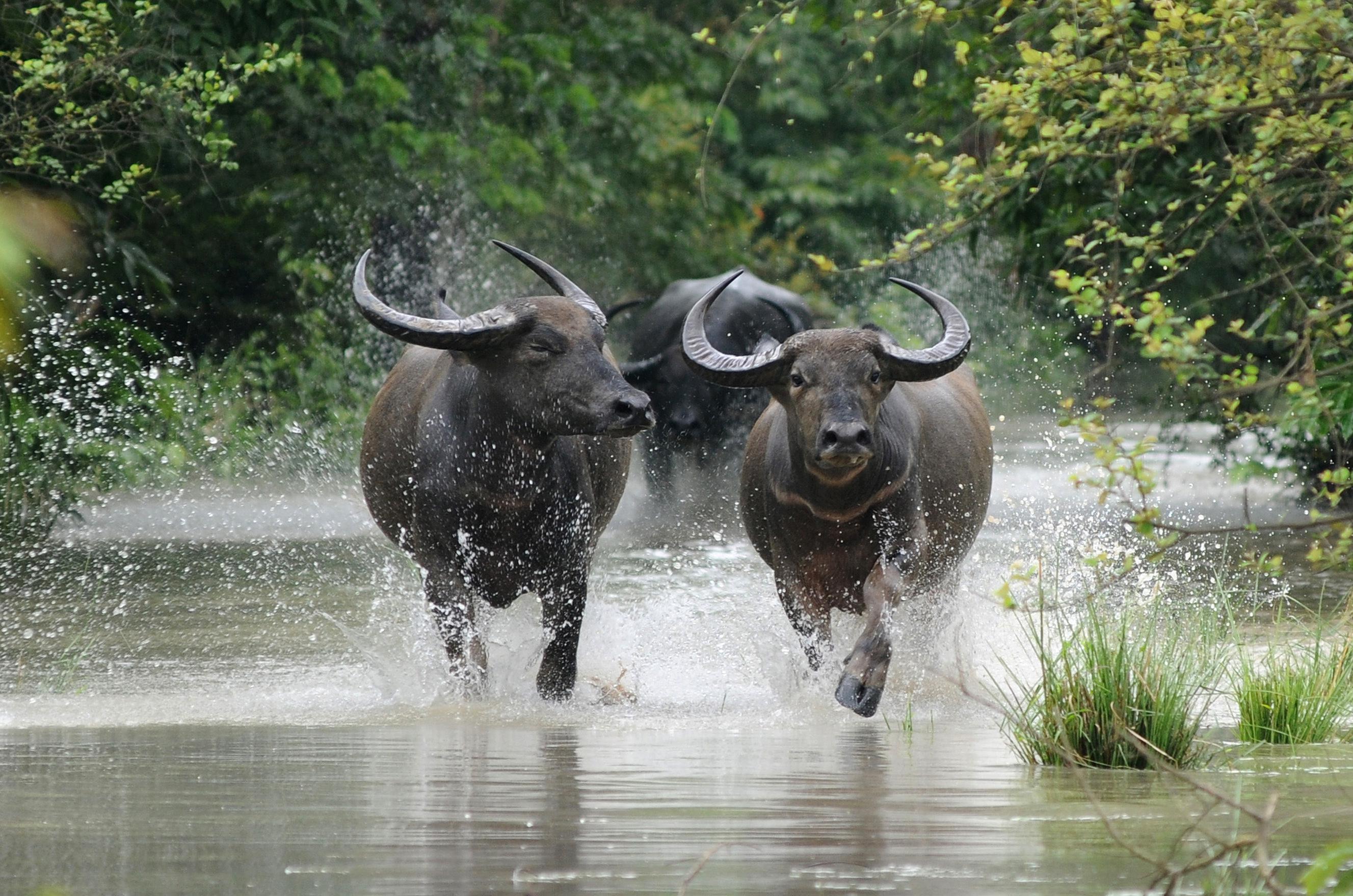One surprising fact from the Heinrich Böll Foundation’s new “Meat Atlas” is that India, a country where many people have a religious veneration for cows and a third of the population is vegetarian, has emerged as a major player in the world beef market. Just not cow beef:
The star of the day is India, thanks to its buffalo meat production, which nearly doubled between 2010 and 2013. India is forcing its way onto the world market, where 25 percent of the beef is in fact now buffalo meat from the subcontinent. According to the U.S. Department of Agriculture, India became the world’s largest exporter of beef in 2012—just ahead of Brazil. Buffaloes are inexpensive to keep. This makes their meat a dollar a kilo cheaper than beef from cattle. In addition, the Indian government has invested heavily in abattoirs. Faced with the high price of feed, Brazilian cattle-raisers are switching to growing soybeans. This presents an opportunity–albeit a small one–for Indian buffalo-meat exporters.
Though buffaloes are less venerated than cows in India, the country’s emergence as a major player in the beef market is still controversial among Hindu nationalists and has been criticized by Narendra Modi, currently the favorite to become prime minister after this year’s elections.
While killing cows for food is illegal in many part of India, there’s a flourishing illegal trade. Not surprising given that there are more than 280 million cows in India, more than any other country. In one highly publicized incident, violence broke out between students during a beef-eating festival at a university in Hyderabad in 2012.
Another eye-opening stat from the report is that it takes an average of 15,455 liters of water—about 110 bathtubs—to produce a kilogram of beef.
Via Mona Chalabi
